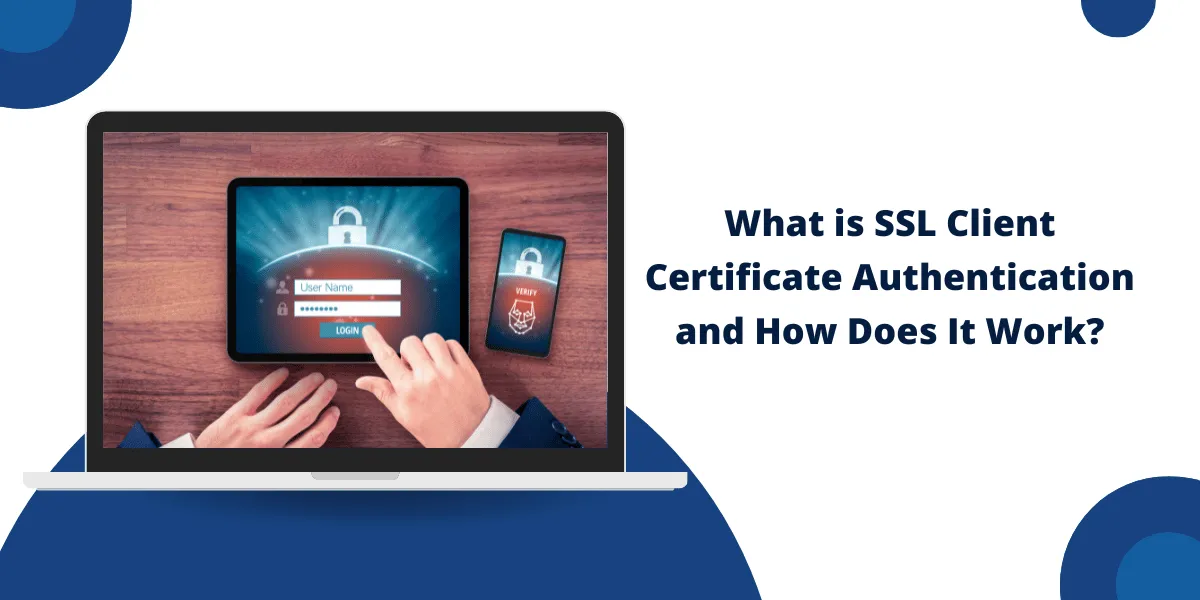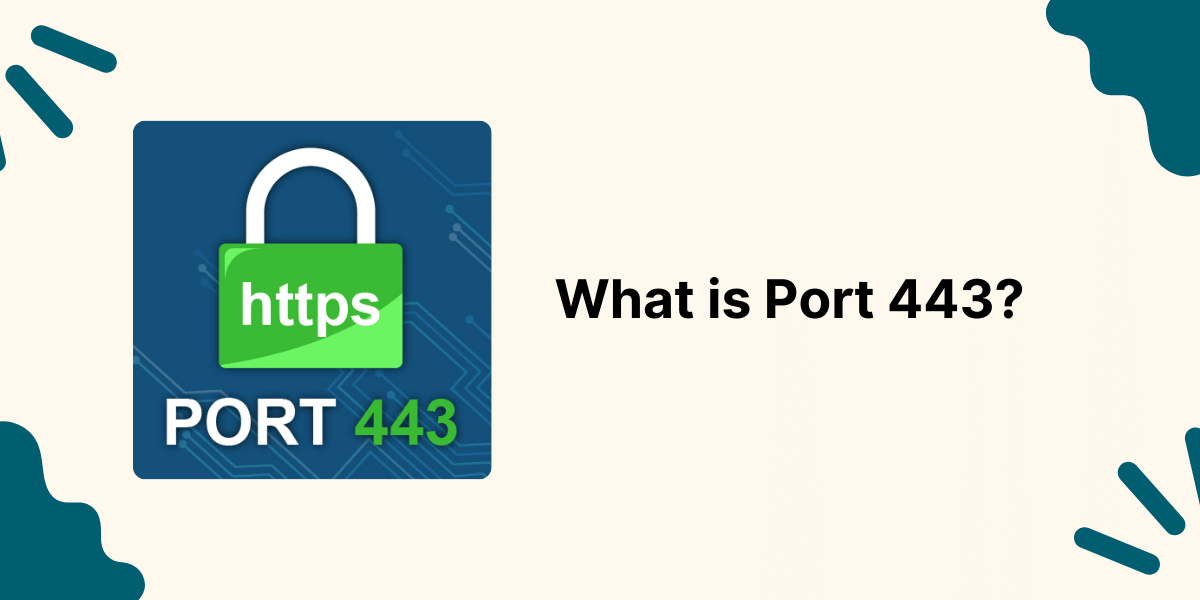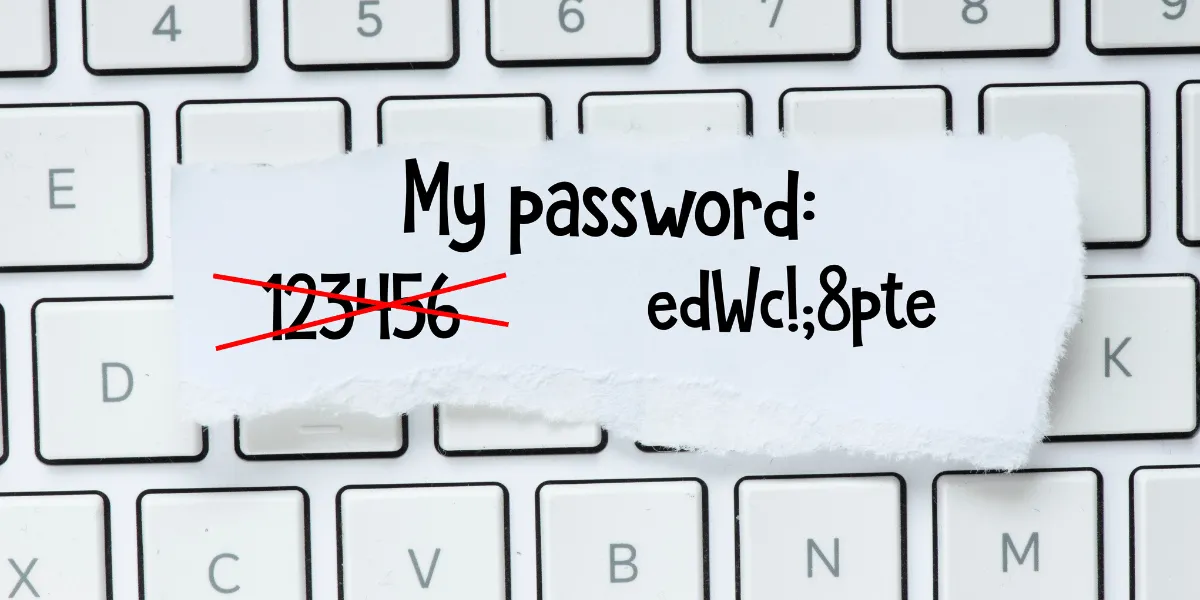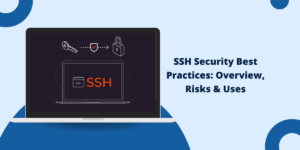What Does SSL Client Certificate Authentication Mean?
SSL client certificate authentication, also known as mutual authentication or two-way authentication, is a process that enhances website security by requiring clients to present digital certificates to verify their identities. It establishes trust in both directions: from client to server and server to client.
This authentication method provides a stronger defense against man-in-the-middle attacks, phishing, and other cyber threats than traditional password-based authentication. It also enables advanced access control for sensitive resources.
Key Takeaways
- SSL client certificates allow websites to authenticate users beyond passwords or other factors.
- The client digitally signs each request with their certificate’s private key, which the server validates with the public key.
- Certificates bind identities to cryptographic key pairs through issuance by a trusted certificate authority.
- Client certificate authentication creates mutual trust between user and server compared to one-way trust in basic SSL.
- Use cases include banking sites, VPN access, IoT device networks, and other high-security environments.
- Challenges include higher implementation complexity and the need to issue and manage certificates.
How Does SSL Client Certificate Authentication Work?
SSL client certificate authentication works by having the client digitally sign each request to the server using their private key. The server validates the certificate chain and signature to authenticate the user’s identity.
Here are the key steps:
- A certificate authority issues a unique client certificate to each user that binds their identity to a cryptographic key pair.
- The client stores their certificate and private key locally on their device or hardware token.
- The server is configured with a list of trusted certificate authorities and allowed client certificate identities.
- During the SSL handshake, the client provides their certificate to the server along with a digital signature created using the private key.
- The server validates the client’s certificate chain to ensure it comes from a trusted CA.
- The server verifies the digital signature using the client’s public key to authenticate they hold the associated private key.
- If validation succeeds, the server allows the client access. The SSL session proceeds securely encrypted and mutually authenticated.
- For subsequent requests, the client only sends the signature for faster processing after the initial handshake.
In this process, the private key never leaves the client device, enhancing security. The certificate binds the user’s identity to their public key, which pairs it with the private key. This provides strong mutual authentication and prevents man-in-the-middle attacks.
Why Use SSL Client Certificate Authentication?
Several benefits make SSL client certificates worthwhile for enhancing security on websites and applications:
- Stronger authentication: Certificates provide multi-factor authentication using cryptographic keys rather than passwords, which can be stolen. This heightens trust in the user’s identity.
- Enhanced access control: Client certificates can be restricted to specific users and mapped to access policies, enabling fine-grained control over resources.
- Protection against MITM attacks: The client signs each request, which prevents man-in-the-middle attacks from going undetected as they won’t have the private key.
- Safer than cookies: Storing client credentials in cookies can be vulnerable to theft through XSS, cross-site leaks, or insecure connections. Client certificate credentials are safer.
- Non-repudiation: The digital signature and certificates provide proof-of-origin and non-repudiation for audit trails of client activity.
- More scalable than IP allowlisting: For large user populations, managing individual IP addresses is cumbersome compared to issuing certificates.
What are the Challenges with SSL Client Certificate Authentication
However, there are some downsides and challenges to evaluate:
- Complexity: Implementing client certificate authentication requires expertise in PKI, certificates, credential issuance, and management, which has a learning curve.
- Deployment obstacles: Browser support can be limited depending on the certificate and protocol, which may require installing client certificates on devices.
- User experience: Users must understand certificates and how to install them properly to access sites, which can inhibit adoption.
- Cost: There are costs involved in purchasing commercial certificates from a trusted CA along with infrastructure for certificate lifecycle management.
- Certificate revocation: Unlike password changes, revoking or replacing certificates has more overhead when keys are compromised.
- Limited authentication scopes: Client certificates authenticate individual end-users or devices rather than shared identities.
How to Authenticate SSL Client Certificate Authentication
If you determine client certificates are appropriate for your use case, here are some best practices to follow:
- Use an established, trusted commercial or enterprise certificate authority like Symantec, Comodo, DigiCert, or Windows Certificate Authority. Avoid self-signed certificates.
- Only allow certificates issued from your trusted CAs: blacklist or revoke any unwanted certificates.
- Configure server and infrastructure for OCSP and CRL verification to check certificate status.
- Support PKCS #12 file format for certificate storage, which works across devices and platforms.
- Document detailed certificate installation instructions for your users and provide enrollment support.
- Start with a small pilot group before rolling out broadly to identify any issues.
- Use separate client certificates for each security domain; use the same certificates sparingly everywhere.
- Automate lifecycle processes like renewal, delivery, and revocation as much as possible.
- Have a backup authentication method in case users lose certificate access.
How to Manage SSL Client Certificates
Once you have client certificate authentication in place, follow these practices for ongoing management:
- Have a formal enrollment process for issuing new certificates to users or devices. This should include identity proofing.
- Establish renewal cycles for certificates before expiry, such as annually or biannually.
- Build an automated notification system to alert users of upcoming renewals.
- If keys are compromised, have an urgent revocation process to invalidate certificates.
- For revoked or expired certificates, remove corresponding access privileges.
- Log all certificate provisioning, renewal, and revocation events for auditing.
- Monitor your CAs and applications for certificate-related errors indicating problems.
- Keep old private keys archived in case you need to validate historical signatures.
- Have contingency plans to recover from CA component failures or certificate glitches.
How to Implement SSL Client Certificate Authentication with Apache
Apache web server supports using SSL client certificate authentication to control access.
Here is an overview of how to configure it:
- Obtain server certificate: Apache needs an SSL certificate installed for the domain you are securing. Generate a CSR using OpenSSL and purchase a public CA-signed certificate.
- Enable SSL module: You can enable the mod_ssl module in Apache using the SSLEngine on the directive in your virtual host configuration.
- Specify certificate locations: Point Apache to your server certificate file and private key file paths.
- Configure SSL protocol settings: Choose a strong SSL protocol method like TLS 1.2 and disable old versions. Set cipher suites and SSL options.
- Enable client authentication: In the virtual host, specify SSLVerifyClient, which is required to force clients to present a certificate.
- Select trusted CAs: Use the SSLCACertificateFile directive to provide the CA certificate that issued client certificates you trust.
- Map certificates to users: Create individual Apache user accounts and set the SSLUsername parameter to map the client certificate Common Name to the account.
- Set authorization: Now you can allow or deny access to resources within Apache using standard directives like Require user based on the mapped client certificate identities.
- Restart server: Finally, restart Apache for configuration changes to take effect.
This provides a robust authentication and authorization framework at the Apache layer. You can fine-tune settings based on your security policies.
How to Implement Client Certificate Authentication with IIS
On Internet Information Services (IIS), you can also require client certificates for authentication.
Here is an overview:
- Obtain server certificate: As with Apache, first, install your public SSL certificate that clients will trust.
- Bind certificate: Open the IIS Manager, go to the server, open SSL Settings, and bind the certificate.
- Enable client certificates: Under SSL Settings, check the radio button for “Accept” or “Require” client certificates.
- Install trusted root CA: On the Trusted Root Certificate Authorities tab, import your CA’s root certificate.
- Configure user mapping: On the Client Certificate Mapping tab, choose to map client certificates to Windows accounts.
- Enable requirements: Under site Authentication, enable Require SSL and any other validation requirements.
- Restart IIS: Finally, restart IIS to apply the configuration changes.
Now, users must present a trusted certificate mapping to a Windows account. You can control access through standard Windows Authentication and Authorization Policies based on the mapped identities.
For added security, enable SSL session requirements so clients can reauthenticate if their certificate changes. When implementing client certificate authentication with IIS, follow best practices for your environment.
Final Words
SSL client certificate authentication enables stronger security by requiring users to present trusted certificates to validate their identities. Compared to passwords alone, it heightens trust through cryptographic multi-factor authentication. Client certificates also facilitate fine-grained access controls. However, certificates are more complex than other methods.
Organizations should evaluate their needs and use cases to determine if client certificate authentication is appropriate. With proper planning and implementation following security best practices, SSL client certificates can significantly improve mutual authentication and defense against threats like man-in-the-middle attacks.
In high-security environments like finance and government, client certificates are a proven mechanism to secure sensitive transactions and data.
Frequently Asked Questions
What is the difference between SSL client certificates and SSL server certificates?
SSL server certificates are issued to websites and web servers to establish the server’s identity, activate encryption, and enable the Tune Icon and other trust indicators in the browser.
Client certificates are issued to individual users or devices to authenticate their identity to servers enabled for SSL client certificate authentication.
What are some alternative methods to SSL client certificate authentication?
Some alternatives for authenticating users include passwords or passphrases, OTP tokens, security questions, SMS codes, biometrics like fingerprints or facial recognition, FIDO security keys, and mobile push notifications.
What happens if a client loses their certificate or it’s compromised?
If a client certificate is lost, deleted, or otherwise inaccessible, that user will be unable to authenticate to services requiring that certificate. Organizations should have a backup authentication method and a process to issue replacement certificates urgently.
If a certificate is compromised, the issuing CA should revoke it, disabling its use across all relying services. Certificates may be manually revoked or have automated revocation options.
Can you use self-signed certificates for SSL client authentication?
Self-signed certificates are not recommended for SSL client authentication because a trusted root certificate authority does not issue them. The server would need to trust each user’s self-signed certificate, which could be more efficient.
Commercial or enterprise CAs should issue client certificates for scalable management and trust across systems.
Is SSL client certificate authentication supported across all major browsers?
SSL client authentication works across Chrome, Safari, Firefox, and Edge. Internet Explorer’s support is limited to version 8+ on Windows 7+ platforms. Mobile browser support may also have limitations depending on the device’s capability to store certificates.
How does SSL client certificate authentication compare with OAuth?
OAuth is an authorization protocol focused on delegating access between sites and applications. It does not authenticate end-user identities with cryptographic certificates.
The two can complement each other: OAuth can provide authorized access to resources after the user has been authenticated with client certificates.

Priya Mervana
 Verified Web Security Experts
Verified Web Security Experts
Priya Mervana is working at SSLInsights.com as a web security expert with over 10 years of experience writing about encryption, SSL certificates, and online privacy. She aims to make complex security topics easily understandable for everyday internet users.



